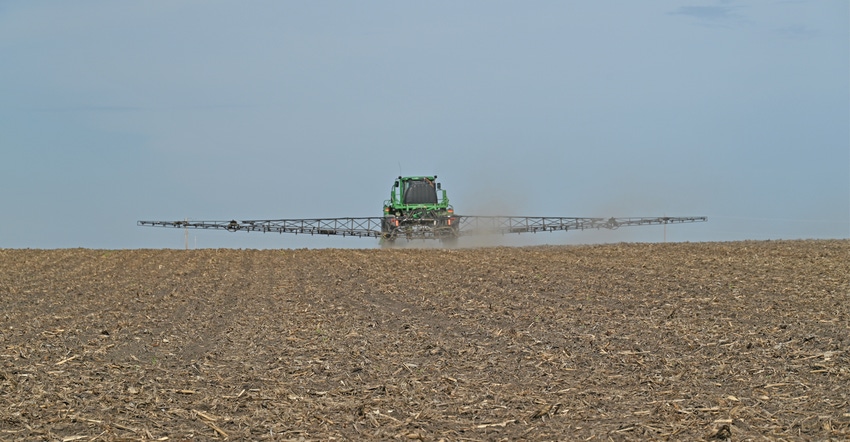June 2, 2022

Herbicide resistance is a real problem across the United States, with 23 of the 26 known available herbicides having some type of resistance against them, according to Scott Baerson, molecular biologist at the Nature Products Utilization Unit in Oxford, Miss.
“Frequent applications of a single mode of action will cause resistance,” Baerson says. “Resistance to insecticides and fungicides dates back to 1950. Herbicide resistance has been found since 1975 but has been more common since the early 2000s.”
Baerson says research shows the amino acids present in certain positions in plant genes make the resistance more common. Rigid ryegrass is the species most prone to herbicide resistance in the world; it has acquired resistance to 11 different herbicide modes of action in 12 countries.
“We can’t always just change modes of action when one isn’t working, as the weed may be resistant to more than one herbicide,” Baerson says.
Palmer amaranth has become one of the most troublesome and economically important weed species in corn, cotton and soybeans in the U.S. Palmer amaranth biotypes have confirmed resistance to acetolactate synthase (ALS) inhibitors, dinitroanilines, glyphosate, hydroxyphenylpyruvate dioxygenase inhibitors, and triazine herbicides, according to Baerson. The chromosomes present in the weed make it withstand several different modes of action.
Preemergent herbicides require rainfall to be effective. Without rainfall, the effectiveness is much less, especially on lambsquarters, waterhemp and giant foxtail.
Different modes of action
With no new modes of action in more than 30 years, Baerson says it’s going to be important for farmers to be willing to use novel sources, or naturally occurring phytotoxins to affect the cells of the weeds and not allow them to cause problems in fields.
“Novel modes could be the best way to fight weeds that have herbicide resistance. Plus, there will be less regulations, these will be more environmentally friendly and there will be a higher public acceptance,” Baerson says.
Bioherbicides are living entities which act on weeds by inhibiting compounds. These fight the weed with synergistic interaction and could help fight the more difficult weeds. This would include plant-incorporated pesticides, which are pesticides produced by plants via genetic modification. This has been extremely successful for insect management and has reduced the use of synthetic insecticides.
These are not currently available for weed management, but engineered production of naturally occurring bioactives, such as allelochemicals, could potentially reduce the reliance on synthetic herbicide use as well.
“Allelopathy is often characterized as a form of chemical warfare occurring between individuals competing for limited light, water and nutrient resources, and can profoundly affect the evolution of plant communities,” Baerson says.
The research continues to make technology with built-in resistance — with it attaching to the plants when it needs to. Baerson expects the work done in the next couple of decades to be able to help fight weeds through many new sources.
About the Author(s)
You May Also Like






